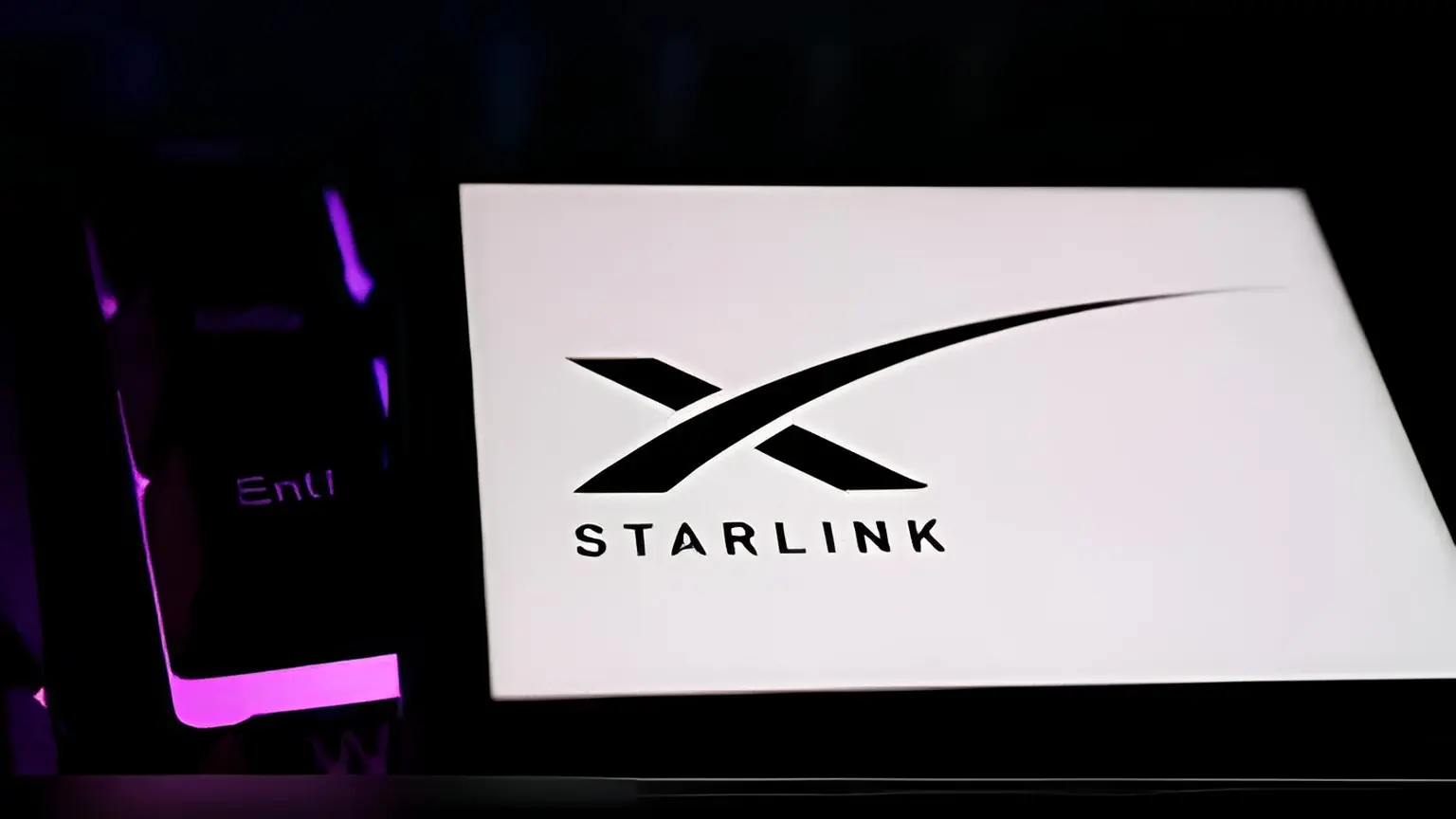Author: Aditya Pareek | EQMint | General News
Mumbai, October 27, 2025 – In a major step toward entering India’s rapidly growing satellite internet market, Elon Musk’s Starlink has officially leased its first office in Mumbai’s Chandivali area, marking a significant milestone in the company’s India operations. The move signals Starlink’s renewed commitment to establishing a strong foothold in the country after years of regulatory challenges and delays.
The new Mumbai office is expected to serve as Starlink’s Indian headquarters, overseeing operations, regulatory coordination, and partnerships as the company prepares to roll out satellite broadband services across the subcontinent. With this strategic expansion, Starlink becomes the first global low-earth orbit (LEO) satellite internet provider to establish a permanent physical presence in India.
Starlink’s Big Move: Mumbai Chosen as India Hub
According to industry reports, Starlink’s India subsidiary has leased commercial office space in Chandivali, Andheri (East) — one of Mumbai’s prominent business districts. The office will serve as the nerve center for Starlink’s national operations, managing licensing, local partnerships, and future network expansion.
The decision to pick Mumbai is strategic. The city is not only India’s financial capital but also home to major telecom, satellite, and media infrastructure. Starlink’s choice of Mumbai aligns with its broader plan to integrate with India’s digital backbone, which includes the country’s rapidly growing internet user base and government-led connectivity programs.
An industry source close to the development said:
“Starlink has chosen Mumbai as its India base because it offers the best ecosystem for technology, regulatory access, and partnerships. The company is gearing up for its commercial debut once final approvals are in place.”
India: A Billion-User Market Opportunity
It’s entry comes at a time when India is aggressively pushing for universal internet access, particularly in rural and remote regions where traditional broadband remains unreliable. Despite having one of the world’s largest internet populations — over 850 million users — more than 250 million Indians still lack stable access, especially in hilly, border, and island areas.
It’s satellite network, operating in low Earth orbit with over 6,000 satellites, aims to bridge precisely this gap. By offering high-speed, low-latency broadband in remote areas, the company hopes to complement India’s digital initiatives such as Digital India, BharatNet, and PM-WANI.
Elon Musk, who has long emphasized the potential of India’s internet economy, previously stated:
“India has one of the largest populations without consistent broadband access. Starlink’s mission is to connect the unconnected — and India is central to that goal.”
Regulatory Revival After a Two-Year Pause
The company’s India journey has been turbulent. In 2021, the company began taking pre-orders for its satellite internet service in India but was forced to halt operations after the Department of Telecommunications (DoT) flagged compliance issues. The government directed Starlink to refund customer deposits until it obtained a valid license.
After that setback, the company restructured its approach, setting up Starlink Satellite Communications Pvt. Ltd., a wholly owned Indian subsidiary. The subsidiary has since been working closely with the Indian Space Research Organisation (ISRO) and other local authorities to meet licensing norms and regulatory requirements.
Now, with the leasing of its Chandivali office and fresh progress on licensing, industry insiders believe Starlink is closer than ever to receiving the Global Mobile Personal Communication by Satellite (GMPCS) license from the DoT — a crucial permit for commercial operations.
A senior telecom official commented:
“Starlink has completed nearly all prerequisites for the GMPCS license. Once granted, it can start offering services in a phased manner, initially in rural and geographically challenging zones.”
Competition in India’s Satellite Internet Space
Starlink’s renewed entry comes amid growing competition in India’s satellite broadband race. Major global and domestic players are vying for a slice of this high-potential market, including OneWeb (backed by Bharti Airtel), Amazon’s Project Kuiper, and India’s Reliance Jio Satellite Communications.
OneWeb, which already has operational satellites and partnerships with Airtel, has taken an early lead by securing its GMPCS license in India. Meanwhile, Jio has announced plans to roll out its own satellite broadband services to complement its terrestrial 5G network.
However, Starlink’s biggest advantage lies in its operational maturity and global scale. The company already serves over 3 million users across 70 countries, including in regions with challenging geographies similar to India’s. Its technology allows users to access internet speeds between 50–250 Mbps, even in areas lacking fiber or mobile network coverage.
With its Mumbai office now operational, Starlink is expected to assemble a local team of engineers, compliance experts, and business development professionals to manage its India operations and coordinate with regulators.
Economic Impact and Rural Connectivity Focus
If Starlink launches successfully in India, it could transform connectivity for rural entrepreneurs, farmers, schools, and small businesses. Satellite internet could play a vital role in improving education, e-commerce access, telemedicine, and remote work opportunities in underconnected regions.
Economists suggest that improved connectivity could boost India’s rural GDP by up to 1.5% annually, thanks to better market access, financial inclusion, and digital services.
Starlink’s India plans reportedly include pilot projects in Ladakh, Arunachal Pradesh, and the Andaman & Nicobar Islands, areas where ground infrastructure is sparse or non-existent. The company also intends to collaborate with state governments and rural development agencies to deploy affordable connectivity packages.
Government Collaboration and ‘Make in India’ Alignment
Interestingly, Starlink’s renewed push aligns closely with India’s “Make in India” and “Digital Bharat” vision. The company is reportedly exploring local manufacturing partnerships for satellite components, ground stations, and user terminals to meet domestic sourcing norms.
A government source confirmed ongoing discussions:
“Starlink has shown interest in local assembly of equipment and working with Indian partners for deployment. The government welcomes initiatives that enhance digital inclusion while ensuring data security.”
What’s Next for Starlink India?
Starlink’s immediate focus is on securing the GMPCS license and expanding its team. Once approvals are complete, the company is expected to open commercial subscriptions for early adopters within the next two quarters. Pricing will likely target premium rural users, enterprise clients, and government institutions before scaling to the mass market.
Given India’s growing digital economy and the push for last-mile connectivity, Starlink’s move could reshape how Indians access the internet — especially in places where fiber and 5G cannot reach.
Conclusion: A New Era for India’s Internet Infrastructure
Elon Musk’s decision to base Starlink’s India hub in Mumbai underscores the company’s long-term commitment to one of the world’s most promising connectivity frontiers. From regulatory setbacks to renewed expansion, Starlink’s journey reflects the challenges and opportunities of doing business in a complex but high-growth market.
With its first office now established in Chandivali, Starlink is positioning itself not just as a satellite company, but as a key enabler of India’s digital future — one that could bridge the last-mile gap and redefine connectivity for millions.
For more such news visit EQMint
Disclaimer: This article is based on information available from public sources. It has not been reported by EQMint journalists. EQMint has compiled and presented the content for informational purposes only and does not guarantee its accuracy or completeness. Readers are advised to verify details independently before relying on them.




